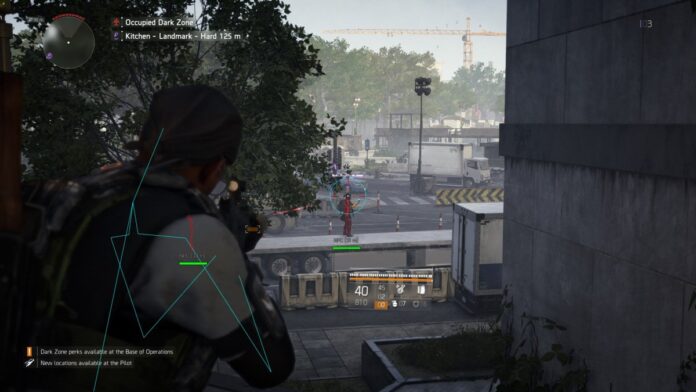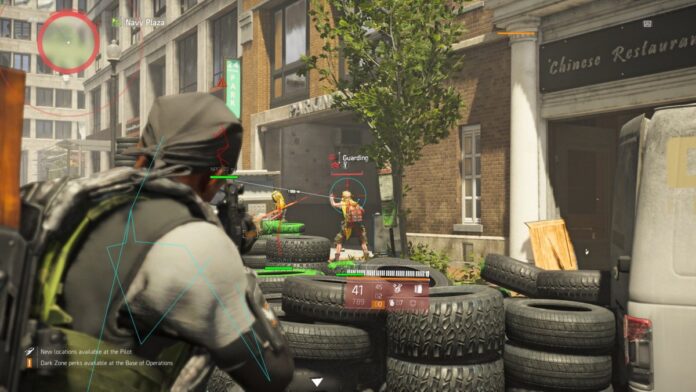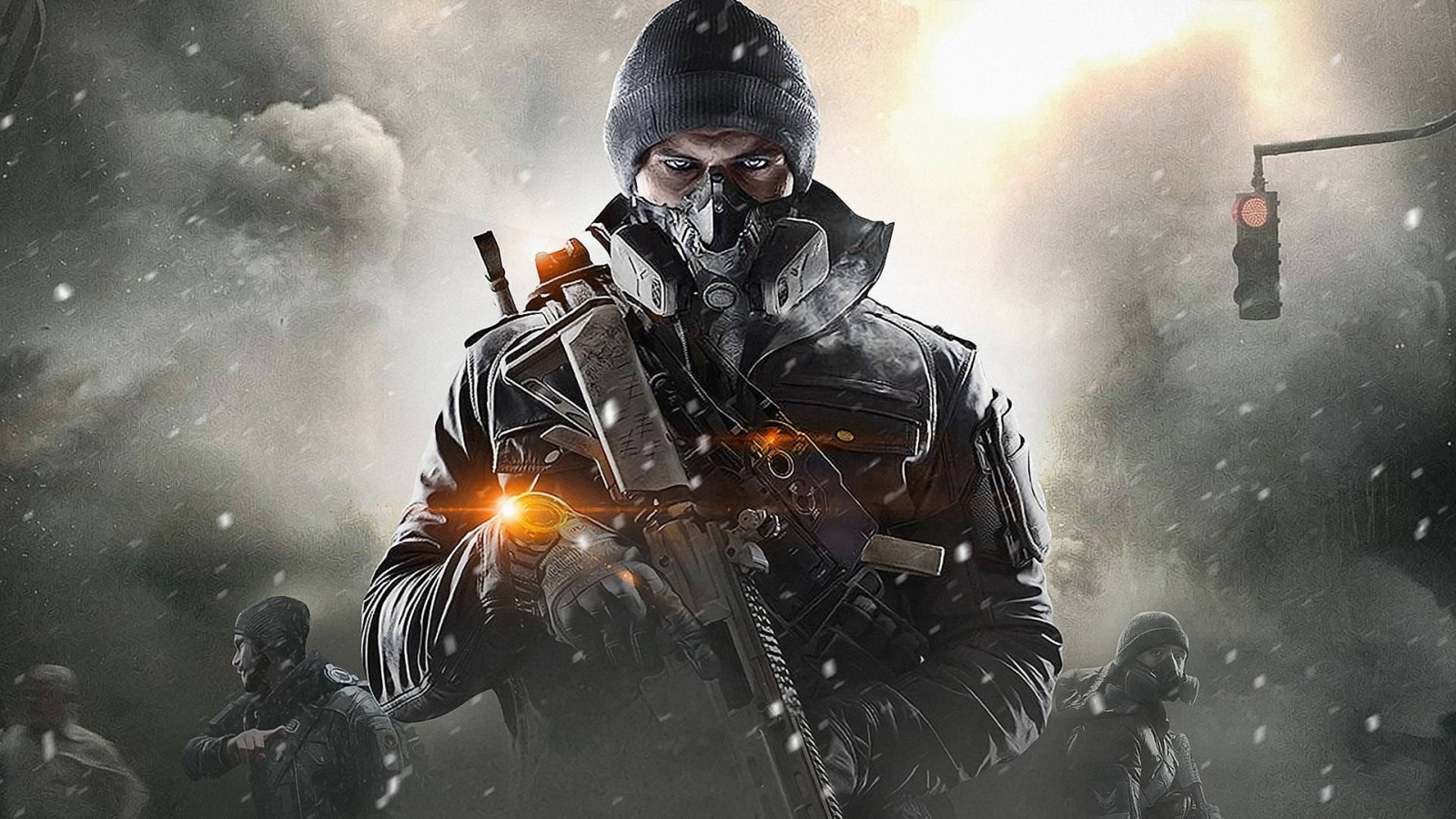Tom Clancy’s The Division 2, developed by Massive Entertainment and published by Ubisoft, is a popular online action role-playing game. It takes place in a post-apocalyptic Washington, D.C., where players take on the role of elite agents tasked with restoring order.
Since its release, it has garnered a dedicated player base and critical acclaim for its immersive world, engaging gameplay, and cooperative multiplayer features.
However, like many online games, The Division 2 has also faced challenges with hacking and cheating, issues that can significantly impact the gaming experience.
Understanding Hacking in The Division 2
Hacking in The Division 2, as in any online game, refers to the use of unauthorized software or modifications to gain unfair advantages over other players. These Division 2 hacks can range from simple exploits that give minor benefits to more sophisticated cheats that can severely disrupt the game’s balance. Understanding the nature of these hacks, their implications, and the measures taken to combat them is crucial for both developers and players.
Types of Hacks

1. Aimbots and Auto-Aim
One of the most common types of hacks in online shooters is the aimbot. Aimbots allow players to automatically lock onto opponents, ensuring that every shot hits its target with deadly precision. In The Division 2, this type of hack can be particularly disruptive, as the game relies heavily on tactical shooting and cover-based mechanics. Players using aimbots can dominate matches, ruining the experience for others.
2. Wallhacks and ESP
Wallhacks, also known as ESP (Extra Sensory Perception), enable players to see through walls and other obstacles. This hack provides a significant tactical advantage, as it allows cheaters to locate and ambush unsuspecting opponents. In a game like The Division 2, where strategic positioning is key, wallhacks can make it nearly impossible for legitimate players to compete fairly.
3. Speed Hacks
Speed hacks allow players to move at unnatural speeds, making them difficult to hit and allowing them to traverse the map quickly. This type of hack disrupts the flow of the game and can make objectives difficult to achieve for non-cheating players. In The Division 2, where movement and positioning are critical, speed hacks can be particularly frustrating.
4. God Mode and Infinite Ammo
God mode hacks render players invincible, while infinite ammo hacks provide unlimited ammunition. Both of these cheats can completely break the game, as they remove the challenges and resource management that are integral to The Division 2’s gameplay. Players using these hacks can dominate both PvE and PvP modes, rendering the experience meaningless for others.
5. Resource and Currency Hacks
The Division 2 features various in-game currencies and resources that players must collect to upgrade their gear and progress. Hacks that allow players to generate unlimited resources or currency undermine the game’s economy and progression system. This type of cheating can also lead to inflation and devaluation of in-game items, affecting the entire player base.
The Impact of Hacking

Hacking in The Division 2 has far-reaching consequences that extend beyond individual matches. It affects the game’s overall integrity, player experience, and the community’s trust in the developers.
Erosion of Fair Play
Fair play is a fundamental principle of any competitive game. Hacks and cheats undermine this principle, creating an uneven playing field where legitimate players cannot compete fairly. This erosion of fair play leads to frustration and dissatisfaction among the player base, causing some to abandon the game altogether.
Damage to Player Experience
The Division 2 is designed to provide an immersive and challenging experience. Hacks disrupt this experience by removing the difficulty and unpredictability that make the game engaging. When players encounter cheaters, they are often left feeling powerless and disillusioned, diminishing their enjoyment of the game.
Community and Developer Trust
The relationship between a game’s community and its developers is built on trust. Players trust that developers will provide a fair and balanced gaming environment, while developers rely on the community to support the game and provide feedback. When hacking becomes rampant, this trust is compromised. Players may feel that developers are not doing enough to address the issue, leading to a breakdown in communication and support.
Combating Hacks in The Division 2
Addressing the issue of hacking requires a multi-faceted approach that involves both technical measures and community engagement. Ubisoft and Massive Entertainment have implemented several strategies to combat hacking in The Division 2, though the battle is ongoing.
Anti-Cheat Software
One of the primary tools used to combat hacking is anti-cheat software. This software is designed to detect and prevent unauthorized modifications to the game. In The Division 2, Ubisoft employs anti-cheat solutions such as BattlEye, which scans for suspicious activity and bans players found using hacks. While no anti-cheat system is foolproof, regular updates and improvements help to stay ahead of cheaters.
Regular Updates and Patches
Developers must continually update the game to address new vulnerabilities and exploits. This includes patching known issues and refining game code to prevent potential hacks. Ubisoft has been diligent in releasing updates for The Division 2, addressing not only content and balance changes but also security fixes. By staying proactive, they can mitigate the impact of new hacks as they emerge.
Player Reporting and Moderation
The player community plays a vital role in identifying and reporting cheaters. The Division 2 includes features that allow players to report suspicious behavior directly within the game. These reports are reviewed by moderation teams who can take appropriate action, such as issuing bans or warnings. Encouraging players to report cheaters helps developers maintain a cleaner gaming environment.
Community Engagement and Transparency
Transparency is crucial in maintaining trust between developers and the player community. Ubisoft has been open about their efforts to combat hacking, regularly communicating updates and actions taken against cheaters.
Community engagement through forums, social media, and live streams allows developers to gather feedback and address player concerns directly. By involving the community in the fight against cheating, developers can foster a sense of shared responsibility.
The Future of Anti-Hacking Efforts
As technology advances, so too do the methods used by hackers. To stay ahead, developers must continuously innovate and adapt their strategies. The future of anti-hacking efforts in games like The Division 2 will likely involve a combination of advanced technology, community involvement, and regulatory measures.
Artificial Intelligence and Machine Learning
Artificial intelligence (AI) and machine learning (ML) offer promising solutions for detecting and preventing cheating. These technologies can analyze player behavior patterns to identify anomalies indicative of hacking.
By learning from vast amounts of gameplay data, AI systems can detect suspicious activity more accurately and efficiently than traditional methods. Implementing AI and ML in anti-cheat systems can provide a robust defense against evolving hacks.
Blockchain Technology
Blockchain technology, known for its security and transparency, has potential applications in gaming to combat cheating. By leveraging blockchain, game developers can create immutable records of player transactions and actions. This can help verify the legitimacy of in-game activities and detect tampering. While still in its early stages, blockchain could provide a powerful tool for ensuring fair play.
Legal and Regulatory Measures
As the issue of hacking in online games grows, legal and regulatory measures may become necessary. Governments and regulatory bodies could introduce laws and guidelines to hold cheaters and cheat developers accountable.
This could include penalties for creating, distributing, or using hacks, as well as requirements for game developers to implement robust anti-cheat measures. Collaboration between industry stakeholders and regulators can help create a safer gaming environment.
Player Education and Ethics
Educating players about the negative impacts of cheating and promoting ethical behavior is also essential. Many players may not fully understand the consequences of using hacks, both for themselves and the broader community. By raising awareness and fostering a culture of fair play, developers and the community can work together to reduce the prevalence of cheating.
Conclusion
Hacking in The Division 2, as in any online game, poses significant challenges. The various types of hacks, from aimbots and wallhacks to speed hacks and god mode, can severely disrupt the gaming experience.
These hacks erode fair play, damage player experience, and undermine trust between the community and developers. However, through a combination of technical measures, community engagement, and forward-thinking strategies, developers can combat hacking and maintain a balanced and enjoyable gaming environment.
The future of anti-hacking efforts will likely involve advanced technologies like AI and blockchain, along with potential legal and regulatory measures. By staying proactive and involving the player community, developers can continue to improve their defenses against cheating. Ultimately, the goal is to create a fair and immersive gaming experience where all players can enjoy the thrill of The Division 2 without the interference of hacks.







